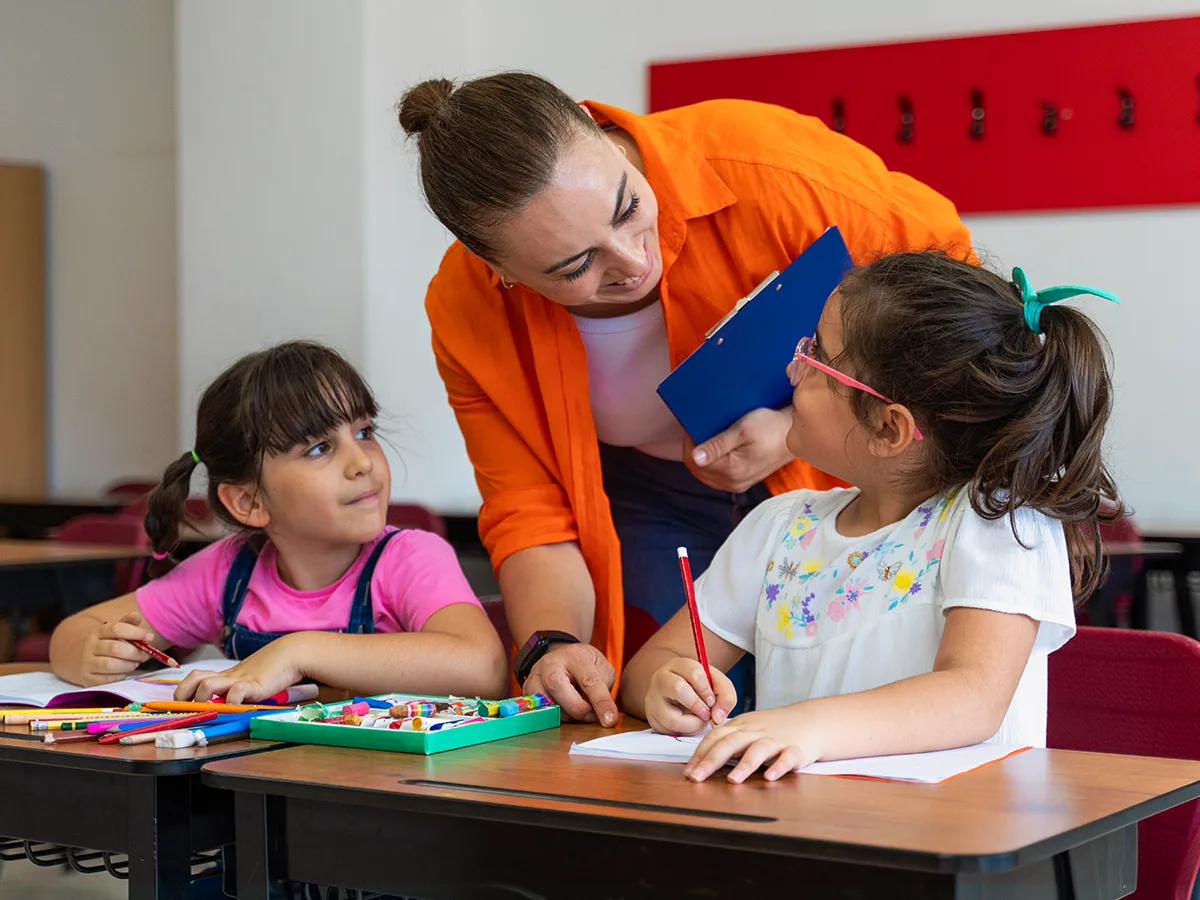Understanding IEPs

For kids to receive services, they need an IEP — an Individualized Education Program. If your child has been evaluated, the process of getting an IEP has already begun. But there’s still a lot to learn about how the IEP process works and what your role will be.
This guide is designed to help you through every step of your IEP journey. It offers basic information, while also leading you to more detailed information and insights.
The more you know about the purpose of IEPs, the more involved you can be in getting your child the best support possible.
The purpose of an IEP
If you just started learning about IEPs, you’ll likely hear about many things that are unfamiliar to you. And you’ll probably have lots of questions. Who gets an IEP in school? What’s the difference between an IEP and a ? What’s the purpose of an IEP?
Having answers to your questions can help you decide if you want to pursue an IEP for your child. It can also help you advocate for your child with more confidence.
Get basic information about IEPs.
How to get an IEP
The process of getting an IEP for your child can be confusing. It’s important to know what happens — and when. The first step is having an evaluation for special education. Then the school must decide whether your child qualifies for services and supports.
How will the school make that decision? What happens if the school decides your child isn’t eligible?
Learn about the process of how kids get IEPs.
What’s in an IEP
If you’ve never seen an IEP before, the various documents can be hard to decipher. They cover many areas, using terms and information you’ll likely have questions about. But all of those pieces — from testing results to goals for progress — add up to the best school program of instruction and supports for your child.
The information in an IEP can give you a deeper understanding of your child’s strengths and challenges. And it should lay out exactly how the school plans to help your child improve and build skills.
IEP meetings
Your child’s special education program kicks off with an IEP meeting. The entire IEP team will be there. You may also hear from professionals at school who were part of the evaluation process. Some might provide services or supports for your child. And that’s just the first of many IEP meetings you likely will attend over the course of your child’s school years.
IEP meetings can be stressful for some parents. Knowing what happens at IEP meetings can make it easier to navigate them.
Learn how to navigate IEP meetings.
Staying on top of an IEP
The IEP journey continues well after your child’s plan is put into place. From here on, you’ll play a key role in making sure the plan is working and your child is making progress. But what does that involve? What should you be looking for or asking about?
The IEP will change over time (and your role might as well) along with your child’s needs. You’ll also be involved in crafting a plan for transitioning out of an IEP toward the end of high school. But you’ll still be your child’s number-one advocate throughout the school years — and beyond.
Key takeaways
Your child needs an IEP to get special education services at school.
You play a key role throughout the IEP process.
It’s important to stay on top of your child’s IEP and make sure your child is making progress.
